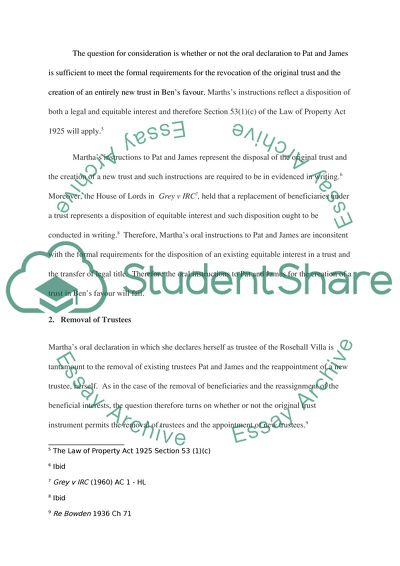Cite this document
(Analysis of the Law of Trust Cases Case Study Example | Topics and Well Written Essays - 2250 words, n.d.)
Analysis of the Law of Trust Cases Case Study Example | Topics and Well Written Essays - 2250 words. Retrieved from https://studentshare.org/law/1713511-the-law-of-trust
Analysis of the Law of Trust Cases Case Study Example | Topics and Well Written Essays - 2250 words. Retrieved from https://studentshare.org/law/1713511-the-law-of-trust
(Analysis of the Law of Trust Cases Case Study Example | Topics and Well Written Essays - 2250 Words)
Analysis of the Law of Trust Cases Case Study Example | Topics and Well Written Essays - 2250 Words. https://studentshare.org/law/1713511-the-law-of-trust.
Analysis of the Law of Trust Cases Case Study Example | Topics and Well Written Essays - 2250 Words. https://studentshare.org/law/1713511-the-law-of-trust.
“Analysis of the Law of Trust Cases Case Study Example | Topics and Well Written Essays - 2250 Words”. https://studentshare.org/law/1713511-the-law-of-trust.


